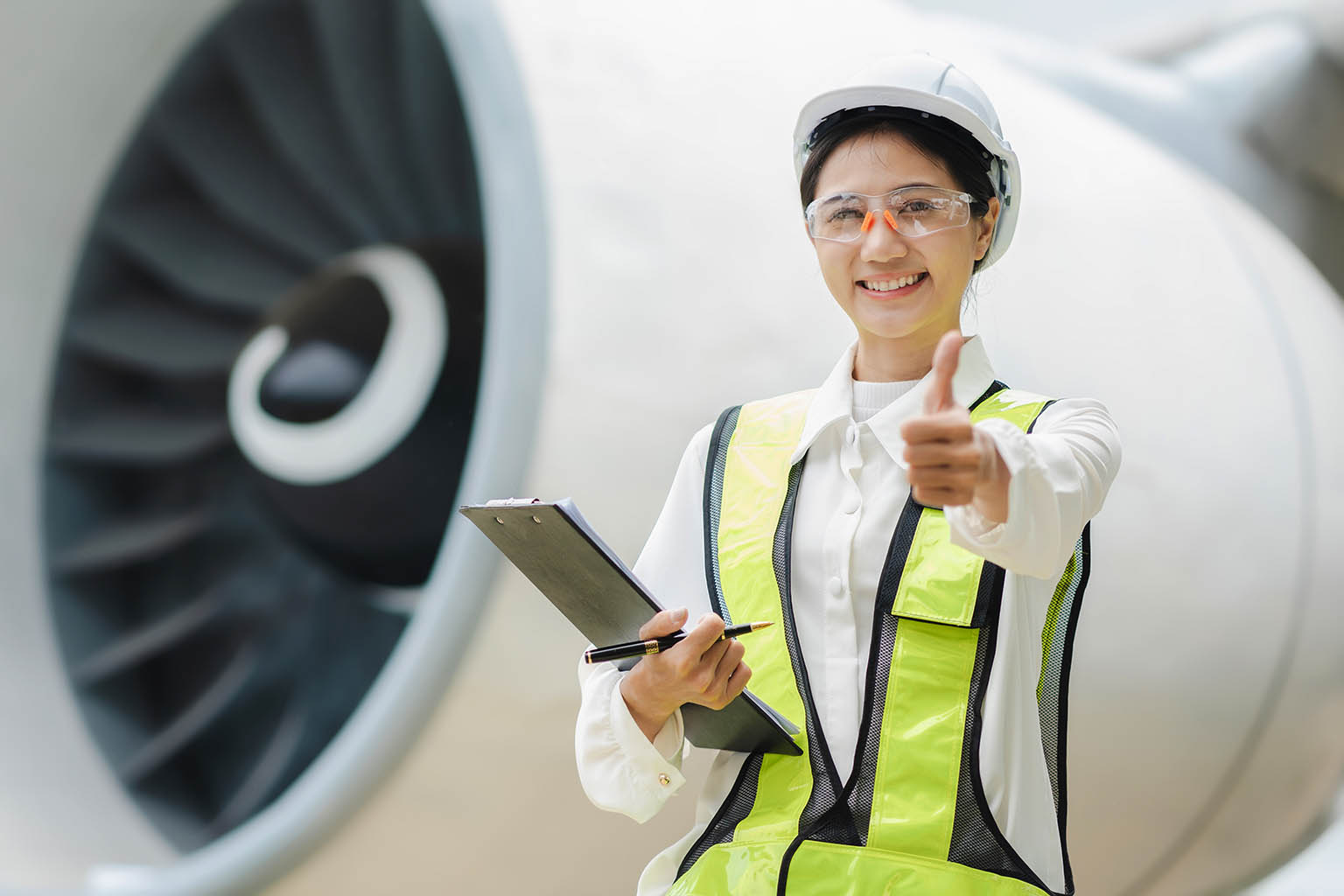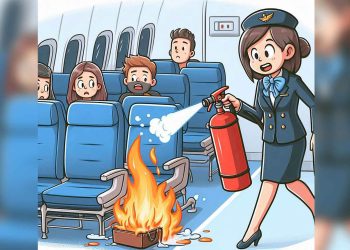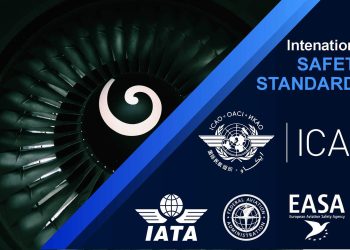Why aviation safety is a top priority for airlines
Introduction
Aviation is one of the safest modes of transportation, and this is no accident. Airlines, regulatory bodies, and industry stakeholders invest heavily in safety to ensure that every flight is as risk-free as possible. The priority given to aviation safety is not just a regulatory requirement but also a crucial factor in maintaining passenger confidence, operational efficiency, and industry credibility. In this article, we explore why aviation safety is a top priority for airlines and how they achieve the highest safety standards.
The Importance of Aviation Safety
- Passenger and Crew Safety
The most fundamental reason airlines prioritize safety is to protect the lives of passengers and crew. Air travel involves complex machinery, high altitudes, and rapid speeds, making it imperative to mitigate risks at every level. Airlines implement rigorous safety measures to prevent accidents, injuries, and fatalities, ensuring that passengers can travel with peace of mind.
- Regulatory Compliance
Aviation safety is governed by strict regulations set by international and national authorities such as the International Civil Aviation Organization (ICAO), Federal Aviation Administration (FAA), and European Union Aviation Safety Agency (EASA). Airlines must comply with these safety standards to obtain and maintain their operating licenses. Non-compliance can result in hefty fines, legal consequences, or even the suspension of operations.
- Reputation and Customer Trust
Passengers expect safety as a given when they book a flight. A single safety lapse can severely damage an airline’s reputation, leading to loss of customers and revenue. Airlines that consistently prioritize safety build trust with travelers and enhance their brand image, leading to greater customer loyalty and market competitiveness.
- Financial and Operational Impact
Aviation accidents or major safety violations can lead to financial losses due to lawsuits, compensation claims, and increased insurance premiums. Moreover, safety-related incidents disrupt operations, causing flight cancellations, delays, and regulatory scrutiny. Proactively prioritizing safety minimizes these risks and helps airlines maintain efficient, cost-effective operations.
How Airlines Prioritize Safety
- Strict Maintenance and Inspection Protocols
Airlines follow rigorous aircraft maintenance schedules to ensure all systems function optimally. Maintenance checks are categorized into:
- A-checks: Performed every few weeks, focusing on minor inspections and servicing.
- B-checks: Conducted every few months, involving more detailed inspections.
- C-checks: Performed every 18-24 months, requiring in-depth maintenance and component replacements.
- D-checks: The most comprehensive, conducted every 6-10 years, often requiring complete disassembly of the aircraft.
These checks help prevent mechanical failures and ensure aircraft remain airworthy.
- Pilot Training and Certification
Pilots undergo extensive training to handle various in-flight scenarios. They must complete:
- Initial flight training
- Regular simulator sessions
- Recurrent training and proficiency checks
Additionally, pilots are trained to handle emergencies such as engine failures, extreme weather conditions, and communication failures. Airlines invest in ongoing education to ensure pilots are always prepared for any situation.
- Advanced Safety Technology
Modern aircraft are equipped with cutting-edge technology designed to enhance safety, including:
- Traffic Collision Avoidance System (TCAS): Prevents mid-air collisions.
- Ground Proximity Warning System (GPWS): Alerts pilots of terrain proximity to prevent crashes.
- Fly-by-Wire Systems: Reduces pilot workload and enhances control precision.
- Real-Time Monitoring: Enables ground teams to monitor aircraft performance and detect issues before they become critical.
- Safety Culture and Crew Resource Management (CRM)
Airlines cultivate a strong safety culture where every employee, from pilots to ground staff, is responsible for safety. Crew Resource Management (CRM) training emphasizes teamwork, communication, and decision-making to improve responses to emergencies. Encouraging a safety-first mindset ensures proactive risk management across all levels of an airline’s operations.
- Passenger Safety Education
Airlines ensure passengers are informed about safety procedures through pre-flight briefings, instructional videos, and safety cards. Emergency exits, seatbelt usage, and oxygen mask deployment are explained to prepare passengers for rare but possible emergencies.
- Incident Reporting and Continuous Improvement
Safety is an evolving process. Airlines encourage pilots, crew members, and maintenance personnel to report safety concerns without fear of punishment. This proactive reporting system helps identify potential risks early, leading to continuous improvement in safety protocols.
The Role of Aviation Authorities in Safety
Aviation regulatory bodies play a crucial role in maintaining high safety standards. They enforce regulations, conduct inspections, and investigate incidents to prevent future occurrences. Some key responsibilities of these agencies include:
- Certifying airlines and aircraft for operation
- Conducting random safety audits
- Developing and updating safety guidelines
- Investigating accidents and issuing safety recommendations
Future Trends in Aviation Safety
- Artificial Intelligence (AI) and Big Data
AI and big data analytics are revolutionizing aviation safety by predicting potential failures before they happen. Airlines can use predictive maintenance to detect issues early, reducing the risk of in-flight malfunctions.
- Automation and Autonomy
Autonomous systems and improved autopilot functions are enhancing flight safety by reducing human error. While pilots remain essential, automation assists in managing workloads and decision-making.
- Cybersecurity Measures
With increased reliance on digital systems, cybersecurity is becoming a critical aspect of aviation safety. Airlines are investing in robust cybersecurity protocols to protect aircraft systems from cyber threats and hacking attempts.
- Sustainable and Safer Aircraft Designs
Manufacturers are focusing on designing aircraft with enhanced safety features, including stronger materials, more efficient engines, and improved aerodynamics. These innovations contribute to both environmental sustainability and passenger safety.
Conclusion
Aviation safety is a non-negotiable priority for airlines, driven by the need to protect passengers, comply with regulations, maintain a strong reputation, and ensure financial stability. Through rigorous maintenance, advanced training, technological innovations, and a strong safety culture, airlines continuously strive to uphold the highest safety standards. As technology and industry practices evolve, the future of aviation safety promises even greater advancements, reinforcing air travel as one of the safest modes of transportation.






